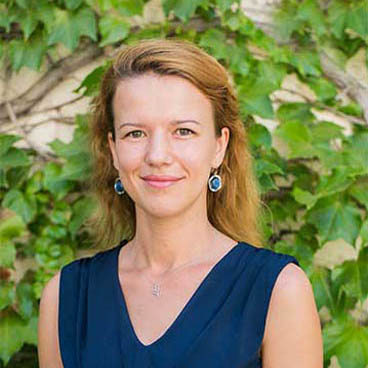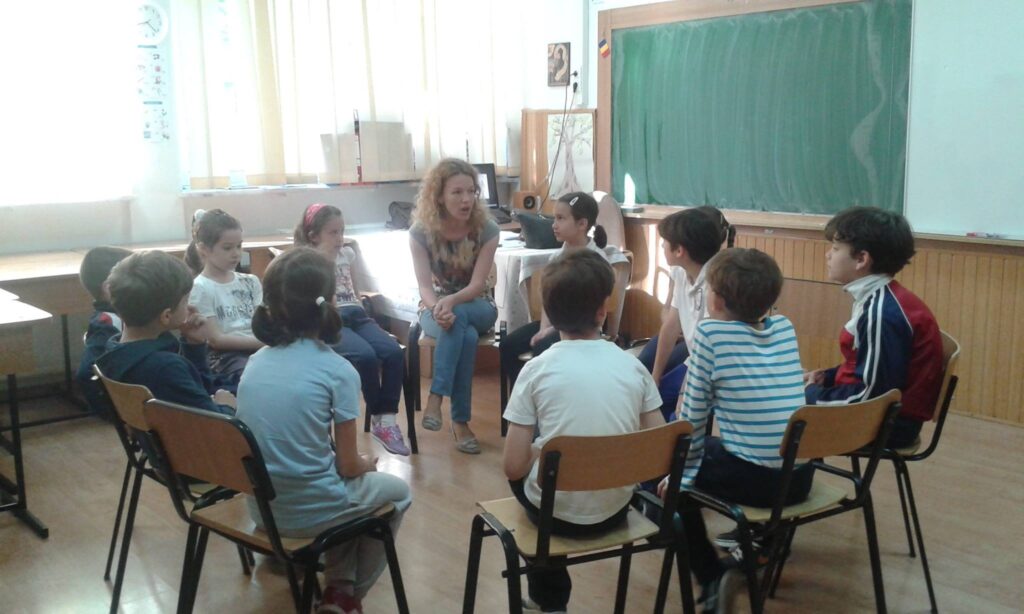
In 2009, Laura Molnar returned to Romania full of enthusiasm after attending a training workshop in Geneva, Switzerland on a recently launched program called Learning to Live Together (LTLT). “This is exactly what I was looking for,” she thought and immediately began working to engage teachers in Bucharest to implement the program with their students.
At that time, Laura was working as a psychologist for children in vulnerable settings. Her work gave her insight into many cases of children in need of a resource that could help them nurture empathy, and respect, and develop better skills for resolving conflicts peacefully.
“A lot of children had deep traumas, significant emotional challenges, and struggled to control their anger. They came from disorganized families, faced discrimination, and lived in poverty. All of this created a sense that they were unequal to other children and didn’t deserve what others had.”
When Laura discovered Learning to Live Together, she felt like the manual had already existed in her mind, but she had never had the chance to put it into writing. “Fortunately, someone else did it for me,” she laughs. “LTLT was the structure I needed, and it was in line with the direction I was already heading,” Laura adds.
She returned to Romania brimming with energy and ready to spread her enthusiasm among teachers. However, rather than the receptivity she had hoped for, she encountered skepticism. However, Laura was convinced, and she began implementing the Learning to Live Together program with children.
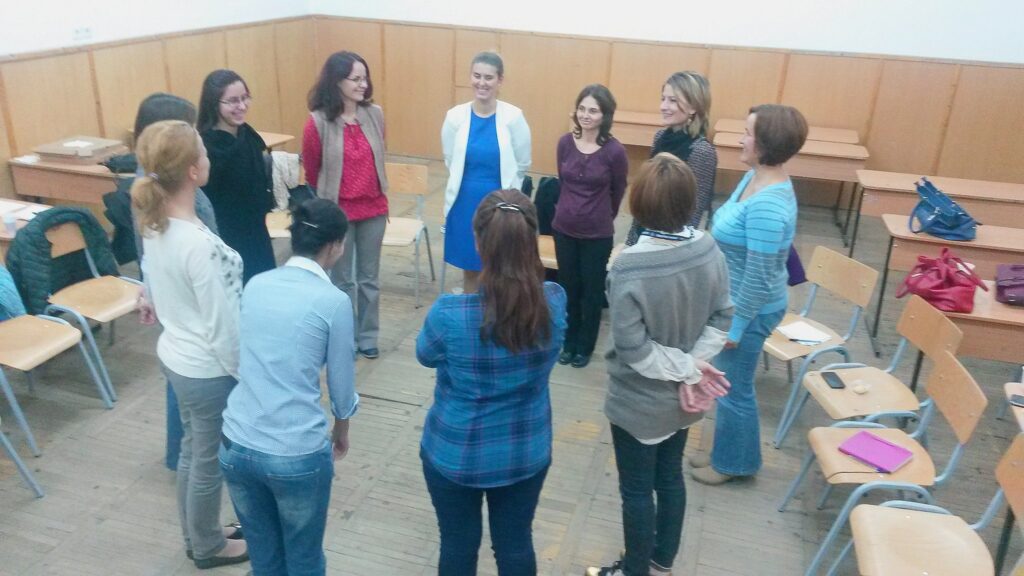
In November 2009, Laura and a team of trainers organized the first Learning to Live Together workshop in Bucharest, introducing the manual to 26 teachers, social workers, theologians, and child protection authorities. That marked the beginning of years of encouraging teachers across Romania to use the program in their classrooms.
During visits to schools and interactions with educators, Laura and her colleagues discovered that, although teachers were indeed very busy—some even worked two jobs and had little time—they were also in need of resources to help them create more peaceful environments for their students.
Teachers were dealing with conflicts in their classrooms that they didn’t know how to address and felt unprepared to solve them effectively. “I am afraid when I see children furious and don’t know how to manage that… I notice I get involved, and I can’t stay neutral… I want to side with the victim,” Laura recalls some of the comments she received from teachers at the time.
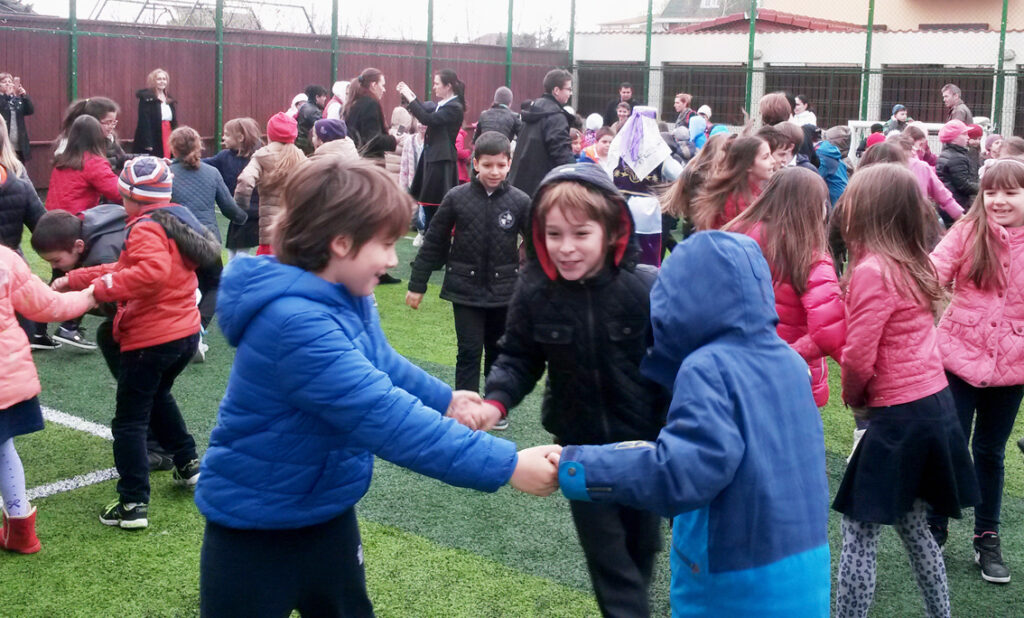
One year later, in 2010, Laura was selected to participate in the International Train the Trainers course organized by Arigatou International Geneva, which led her to a certification as a Learning to Live Together trainer.
The program was still implemented on a very small scale. “People would argue that teachers wouldn’t have the resources, time, energy, or motivation to implement a program of this nature. This is when I realized that accrediting the LTLT course with the Ministry of Education was key to the success of my project,” recalls Laura. She was convinced that with the accreditation on the table, teachers who attend the course would gain credits that could help them advance their profession.”
She started the accreditation process by doing some research. She developed a questionnaire for teachers and applied it in different parts of the country. The results showed that ethics education was one of the main learning needs among teachers. With this information on hand, Laura elaborated the first curriculum of the training course, in accordance with the requirements of the Ministry of Education.
“It took a couple of months to prepare the accreditation file and a few more to get an answer from the Ministry. Finally, the letter came. We got the accreditation and we were ready to start the courses,” she recalls. Soon enough, with the support of Lucreția Baluță, Coordinator of UNESCO Associated Schools in Romania, the manual was translated into Romanian, and dozens of teachers were trained. But the real challenge was just beginning.
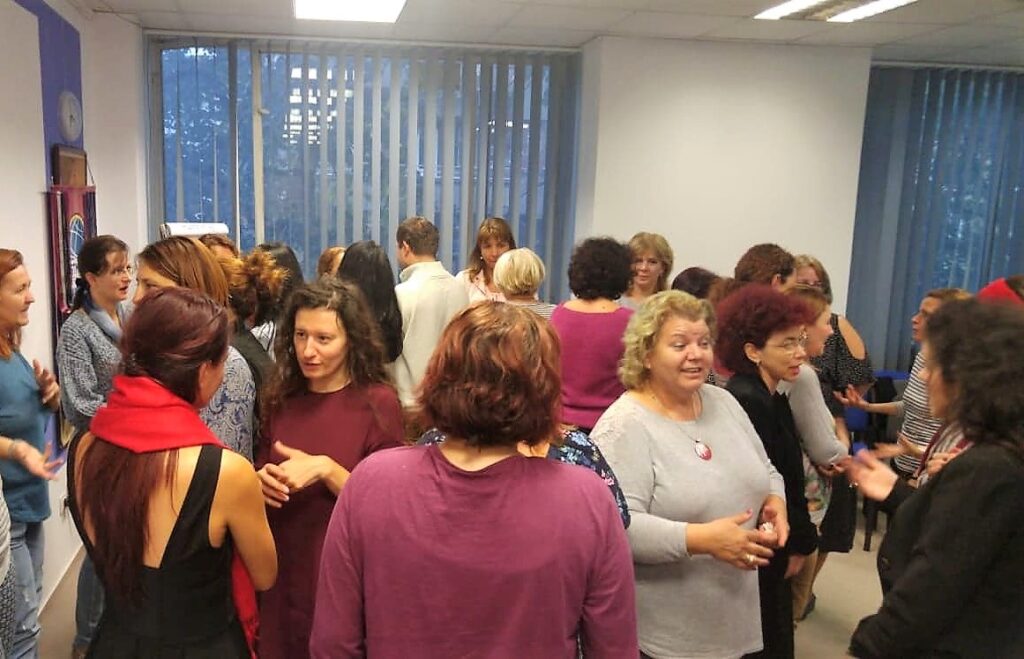
“I realized that even if I convinced the teachers to stay in the course, most of them kept the learnings as a resource for their personal development, but didn’t apply it in their classrooms,” Laura says.
Andreea Vasile shares a similar experience. She is a psychologist who has been implementing the Learning to Live Together program for many years. As she recalls, teachers often felt it was difficult to generate ethical dialogues among students. Some even thought that by establishing a horizontal discussion, they would lose their authority in front of the children. Andreea, who has been supporting Laura in spreading the program across Romania since 2015, reflects on this perception.
Having teachers interested in attending the courses wasn’t enough. Laura and her team needed to do more if they truly wanted to see the program implemented systematically in formal education across Romania. That’s when they developed a very effective strategy, one they still use today.
“We created a mentoring program and a community of practice, where teachers could see and learn from the experiences and achievements of their colleagues,” says Andreea.
Once a month, teachers in the mentoring program have the opportunity to host a member of Laura’s team, who conducts a Learning to Live Together session with their students. Observing an experienced facilitator running the workshop helps teachers familiarize themselves with the program and methodology, building their confidence to lead the next sessions until the facilitator visits again the following month.
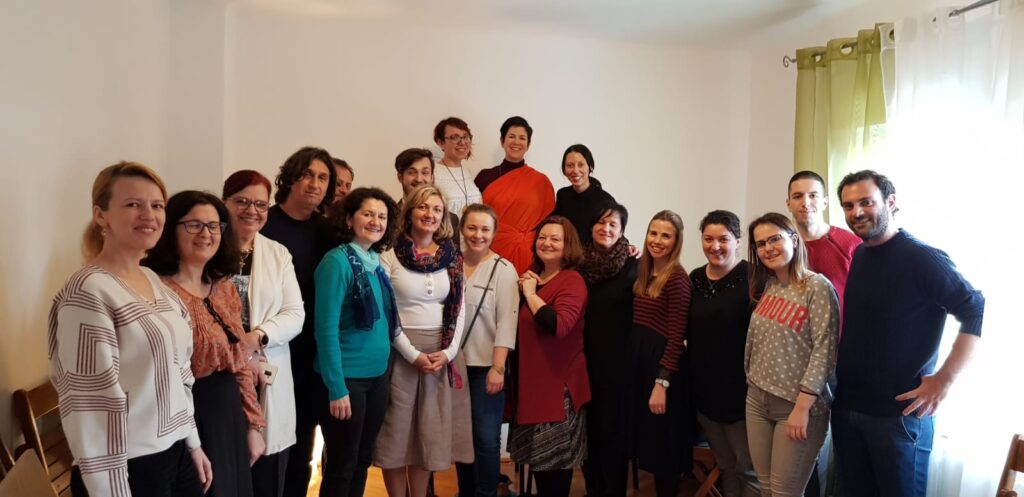
The system turned out to be a success. “We’ve had sessions with up to 70 teachers supported by the mentoring program,” says Laura, who still dedicates many hours a week to conducting these support sessions. She admits that it can be tiring, but it’s worth it: “This way, it’s easier for us to monitor the implementation and see the children’s progress.”
And seeing the children’s progress is certainly the most rewarding part of the work. Every now and then, Laura likes to check Facebook to see what’s going on with the lives of the children who participated in the program during its early years. Ten years later, those children are now young adults. “I am so proud to see them. Almost all of them have beautiful families now. I love the way they speak, how they treat their children, and how much they care about them… Some work abroad and have very nice jobs, and for sure…” Laura pauses here to laugh, “…even better salaries than us,” she chuckles.
Laura laughs because she knows that the driving force behind dedicated trainers like her and Andreea is not a salary, but the opportunity to make a meaningful impact on children’s lives. As Andreea says, “If I had to sum up my approach in one sentence, I’d quote Gandhi: ‘Be the change that you wish to see in the world.'”
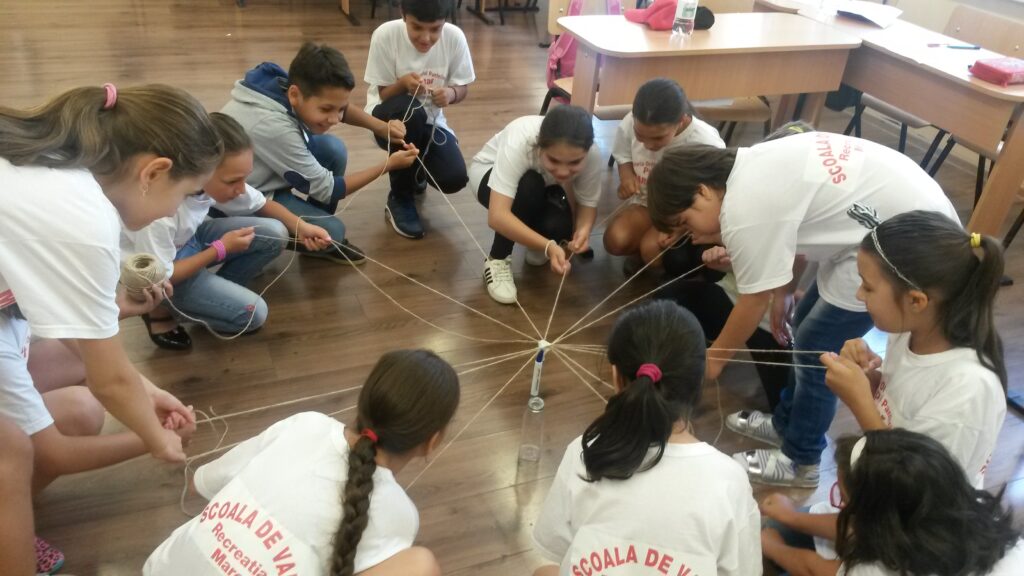
For children, this change has meant a more peaceful learning environment, a better ability to express themselves and resolve conflicts non-violently, and greater empathy and sensitivity toward others’ needs. As one teacher and LTLT facilitator puts it: “Students are more attentive, more reflective, and even more self-critical in a constructive way… they’ve become more open-hearted and open-minded,” says Eryka Lang, a teacher at Aletheea School, in a video recorded in 2018 in Bucharest.
Aletheea School, which opened in 2014, has integrated several elements of the Learning to Live Together program into its curriculum. Teachers and students are familiar with resources like the learning logs, and the program’s methodology is consistently incorporated into the school’s pedagogical approach. “They have a very horizontal way of teaching,” says Andreea.
Aletheea School’s commitment to Learning to Live Together is just one example of the program’s impact in Romania, thanks to Laura and her team’s dedication. “There are so many teachers involved now that no one questions whether they should trust me in this mentoring program,” says Laura. Andreea agrees: “I even tell Laura that we should multiply ourselves. We’re four trainers right now, but it feels like we’re ten,” she laughs.
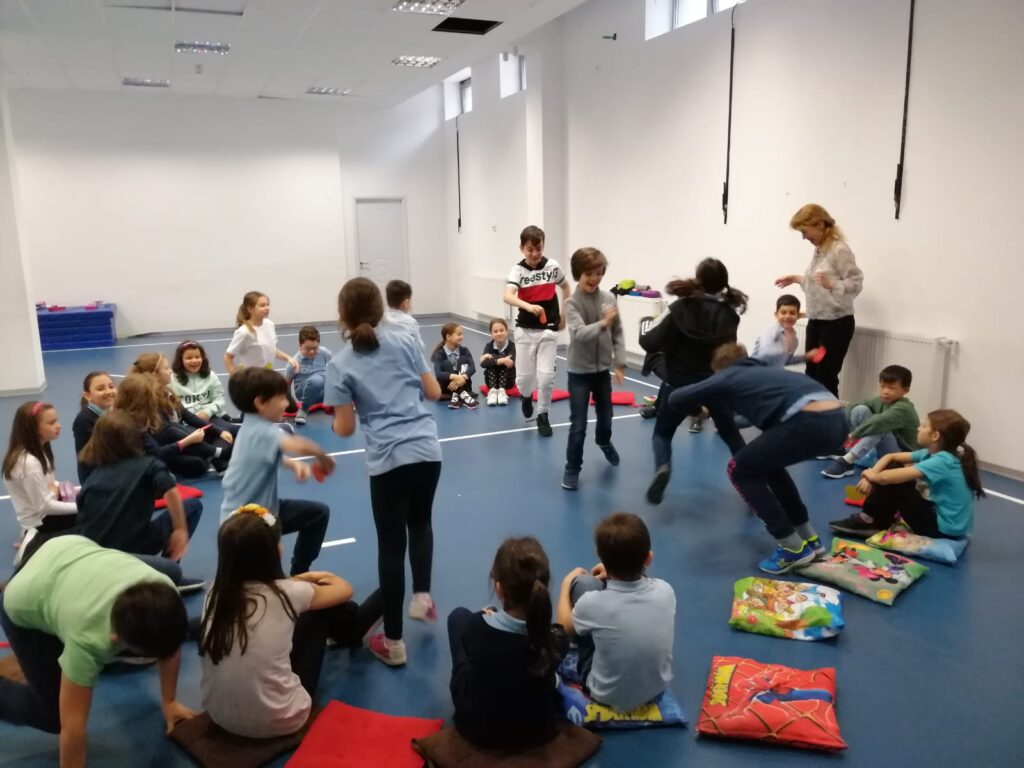
In 2019, Arigatou International started the adaptation of the Learning to Live Together manual for children aged 6 to 11, expanding its reach beyond the original 12 to 18 age group. As part of this global effort, Laura supported the process in Romania, organizing and facilitating pilot sessions to test and refine the adaptation.
One of these pilots took place in Bucharest on April 17–18, 2019, in collaboration with the Education for Change Association, Kids Palace School, and GNRC – Romania. A diverse group of 29 children from Buddhist, Christian, and Muslim backgrounds, as well as Belgian, Chinese, Romanian, Roma, and Turkish heritage, explored values of respect, empathy, and coexistence. Reflecting on the experience, a 10-year-old participant shared, “I learned that when we have different opinions, we have to respect them and not judge others. And that we must help people in need.”
Gone are the days when Laura had to knock on doors, trying to convince teachers that the program would help them address conflict in their classrooms and create peaceful environments for their students. “Now we don’t need to promote LTLT. Teachers speak to each other, and we get calls from schools,” Laura says, adding that she and Andreea have recently created their own organization to focus more on their work with the Learning to Live Together program, along with other initiatives for children’s well-being.

Today, schools in six different regions of the country are engaged in varying levels of the program, fostering values of empathy, respect, responsibility, and reconciliation in their students. More than ten years of dedicated work have resulted in more than 2,000 teachers trained, with 250 teachers directly involved in the program and more than 10,000 children reached.
Thanks to the commitment of trainers and facilitators like Laura Molnar, Andreea Vasile, Eryka Lang, Papuc Ileana, Oprea Diana, Any Ureche, Luciana Sidor and many others, the program will continue to reach children in more schools across Romania.
